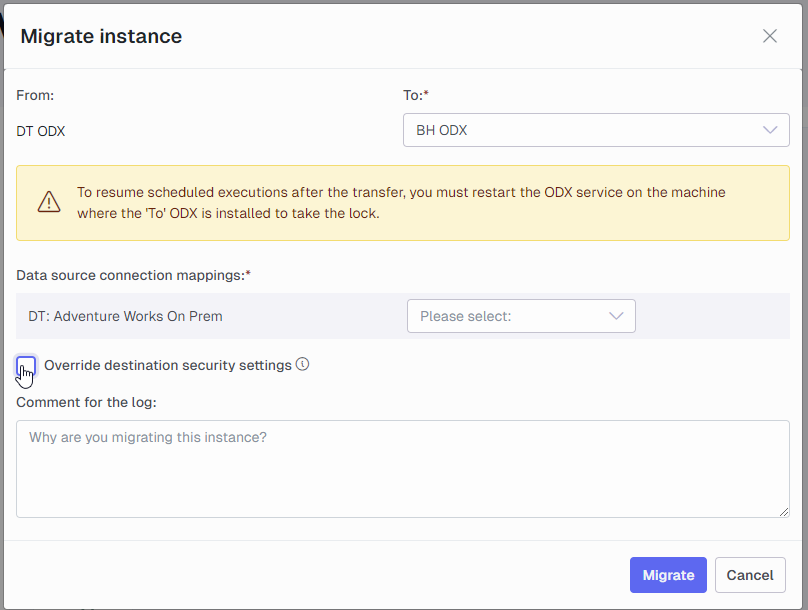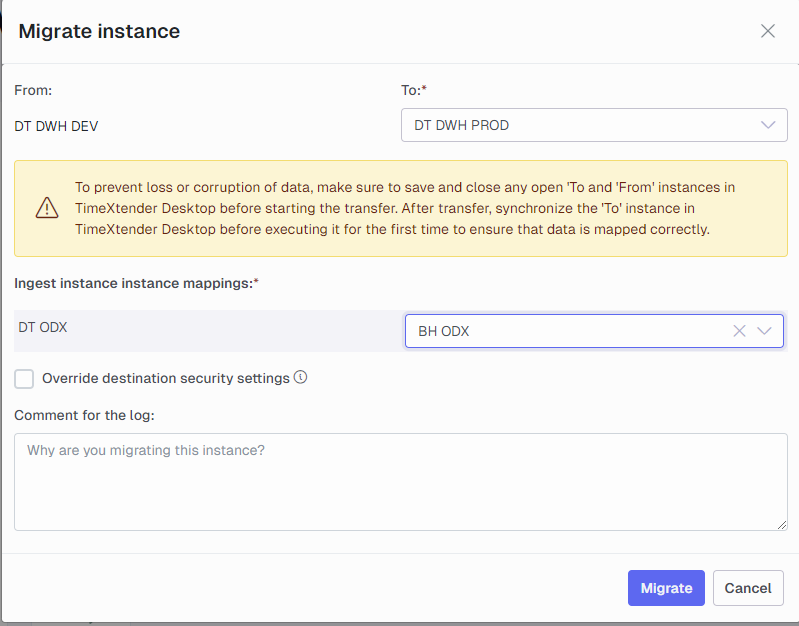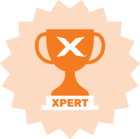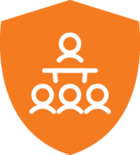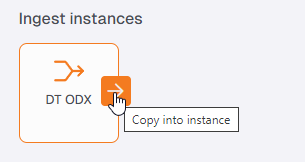Hi,
I was wondering if it's possible to use multiple ODX instances for different enviroments (DEV/ACC/PRD).
I know that at 20.10 you could only use a single ODX as after multiple enviroment transfer all mapping to ODX would be lost when using multiple ODX instances
Is this still the case? Is this issue solved in next-gen?


